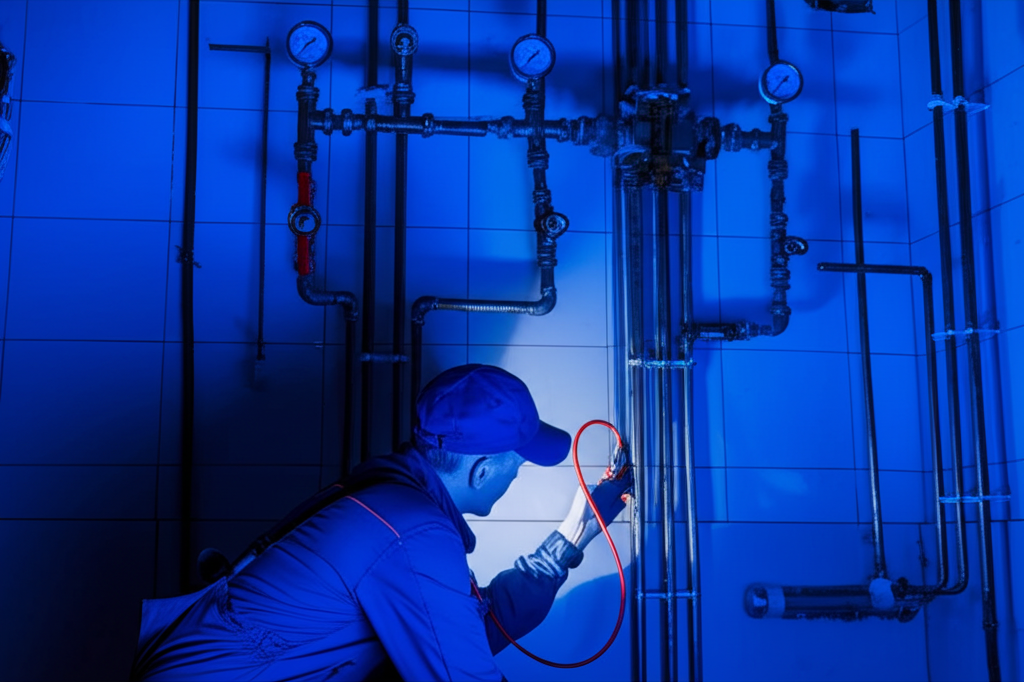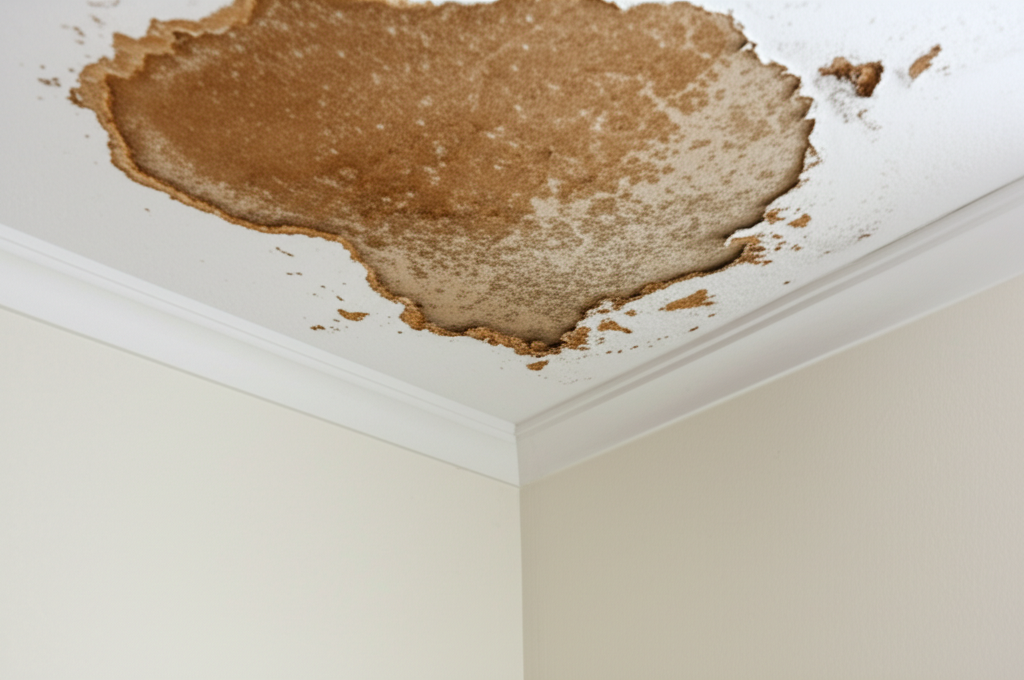Water damage is one of the most common and costly problems homeowners face. From burst pipes and leaking appliances to roof leaks and flooding, water can cause extensive damage to your property if not properly managed. The good news is that many water damage scenarios can be prevented with proper maintenance and proactive measures.
Understanding the Risks
Before diving into prevention strategies, it's important to understand the potential consequences of water damage:
- Structural damage to your home's foundation, walls, and floors
- Mold and mildew growth, which can cause health problems
- Damage to personal belongings, furniture, and electronics
- Decreased property value
- Expensive repairs that may not be fully covered by insurance
With these risks in mind, let's explore comprehensive strategies to protect your home from water damage.
Indoor Prevention Strategies
1. Know Your Plumbing System
Understanding your home's plumbing system is the first step in preventing water damage. Make sure everyone in your household knows where the main water shut-off valve is located and how to use it in case of an emergency. This simple knowledge can save you thousands of dollars in damage if a pipe bursts.
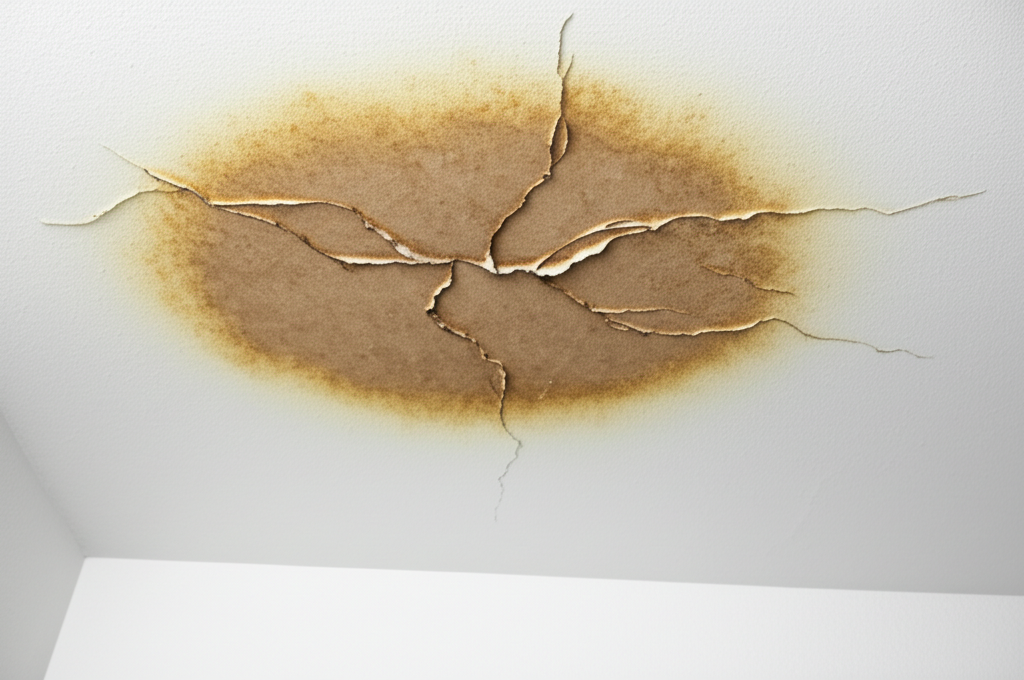
2. Regular Plumbing Maintenance
Schedule annual plumbing inspections to catch potential issues before they become major problems. A professional plumber can identify early signs of trouble that you might miss, such as:
- Corroded pipes that may be at risk of leaking
- Loose connections that could fail under pressure
- Small leaks that haven't yet caused visible damage
- Improper installations that might lead to future problems
3. Monitor Water Pressure
Excessive water pressure can strain your pipes and increase the risk of leaks or bursts. Consider installing a water pressure gauge to monitor the pressure in your home. The ideal water pressure for residential plumbing is between 40 and 60 PSI (pounds per square inch). If your water pressure consistently exceeds 60 PSI, install a pressure regulator to protect your plumbing system.
4. Appliance Maintenance
Appliances that use water are common sources of leaks. Follow these tips to prevent water damage from your appliances:
- Washing Machines: Replace supply hoses every 3-5 years or sooner if they show signs of wear. Consider upgrading to stainless steel braided hoses, which are more durable than rubber hoses.
- Dishwashers: Check for leaks around the door seal and inspect the water supply line regularly. Clean the filter monthly to prevent clogs that could cause overflow.
- Refrigerators with Ice Makers: Inspect the water supply line at least once a year and replace plastic lines with copper or stainless steel braided lines for added durability.
- Water Heaters: Flush your water heater annually to remove sediment buildup, which can cause corrosion and leaks. Most water heaters last 8-12 years, so plan for replacement as yours approaches this age range.
5. Install Water Detection Devices
Modern technology offers excellent tools for early leak detection. Consider installing:
- Water leak detectors: Place these small devices near appliances, under sinks, and in basements. They sound an alarm when they detect moisture.
- Smart water monitors: These devices connect to your main water line and can detect unusual flow patterns that might indicate a leak. Many can automatically shut off your water supply when a leak is detected and send alerts to your smartphone.
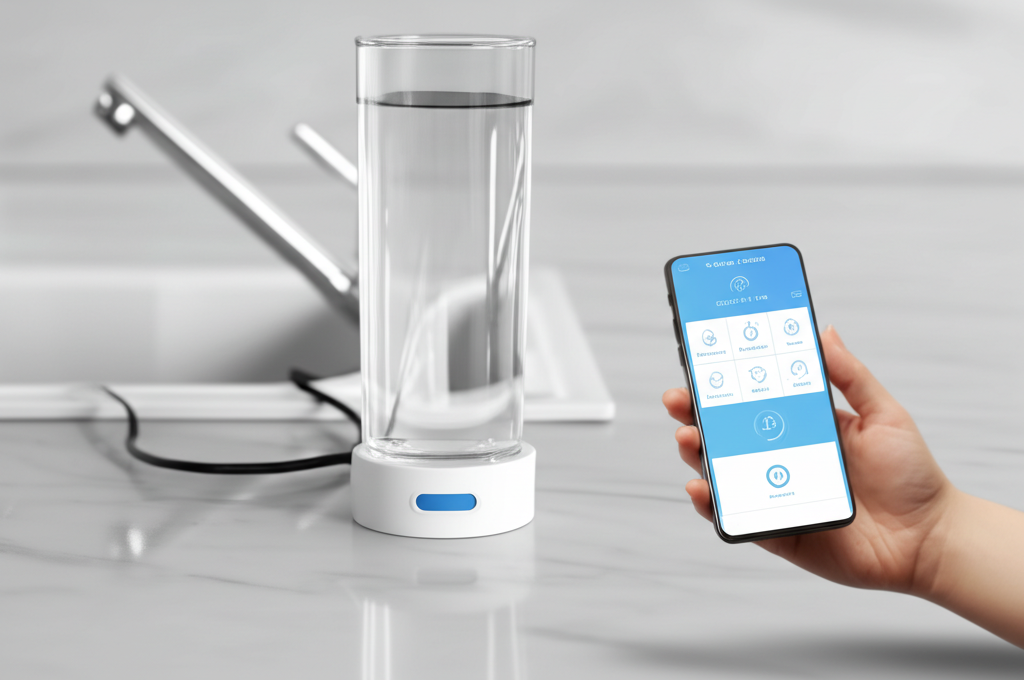
Outdoor Prevention Strategies
1. Maintain Your Roof
Your roof is your home's first line of defense against water damage from above. Regular maintenance is essential:
- Inspect your roof twice a year and after major storms
- Replace missing or damaged shingles promptly
- Check for proper sealing around vents, chimneys, and skylights
- Clean gutters and downspouts regularly to ensure proper water flow
2. Proper Drainage
Ensuring that water drains away from your home is critical to preventing foundation damage:
- Make sure the ground around your foundation slopes away from your home (at least 6 inches of fall over 10 feet)
- Extend downspouts at least 5-10 feet away from your foundation or install underground drainage systems
- Consider installing a French drain system if you have recurring drainage issues
- Keep drainage ditches and storm drains clear of debris
3. Maintain Trees and Landscaping
Tree roots can damage water and sewer lines, leading to leaks and backups:
- Avoid planting trees near water and sewer lines
- If you have large trees near your home, consider having a professional assessment to determine if they pose a risk to your plumbing
- For existing trees with invasive root systems, consider installing root barriers to protect your plumbing
4. Winterize Your Home
Cold weather can cause pipes to freeze and burst, resulting in significant water damage:
- Insulate pipes in unheated areas like basements, attics, and crawl spaces
- Disconnect and drain outdoor hoses before winter
- Close interior shut-off valves that supply outdoor faucets, then open the outdoor faucets to drain
- During extreme cold, let faucets drip slightly and open cabinet doors under sinks to allow warm air to circulate around pipes
Seasonal Maintenance Checklist
Spring
- Inspect roof for winter damage
- Clean gutters and downspouts
- Check for leaks as frozen pipes thaw
- Test sump pump before spring rains
- Inspect basement or crawl space for moisture after snow melt
Summer
- Check irrigation system for leaks
- Inspect air conditioning drain lines and clear if necessary
- Monitor humidity levels in basement and use dehumidifier if needed
- Check washing machine hoses for bulges or leaks
Fall
- Clean gutters after leaves fall
- Disconnect and drain outdoor hoses
- Insulate exposed pipes before winter
- Check water heater for leaks or rust
- Ensure roof is in good condition before winter weather
Winter
- Keep house adequately heated to prevent pipe freezing
- Open cabinet doors during cold snaps to warm pipes
- Allow faucets to drip during extreme cold
- Remove snow from around foundation vents
- Monitor for ice dams on roof edges
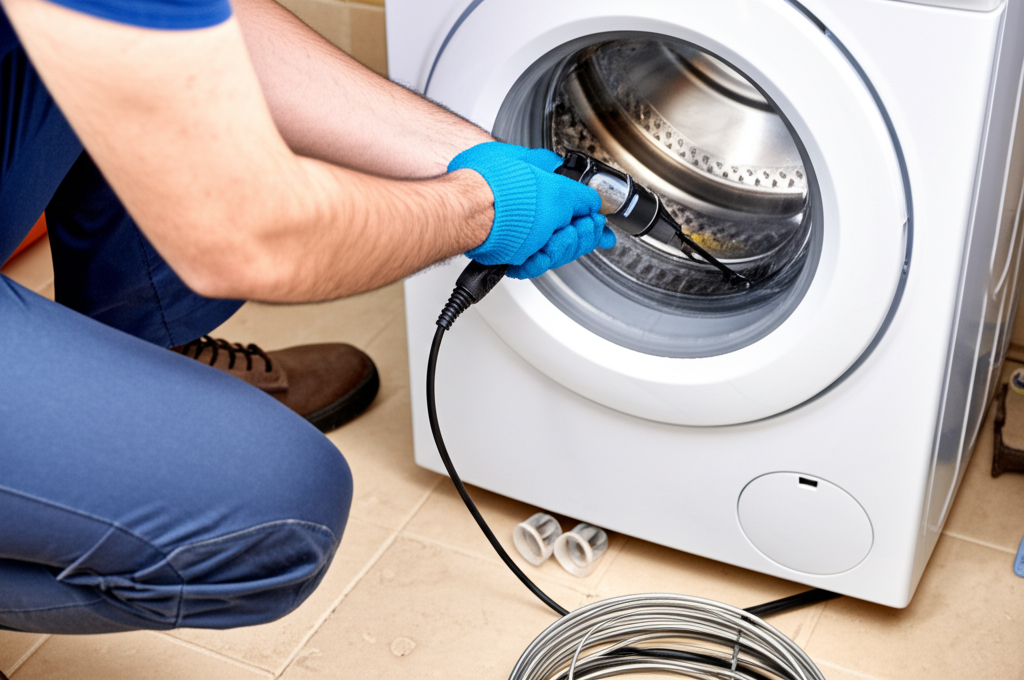
What to Do If You Discover a Leak
Even with the best prevention efforts, leaks can still occur. If you discover a leak, take these immediate steps:
- Shut off the water source if possible. For isolated leaks, use the shut-off valve for that specific fixture. For major leaks, use the main water shut-off valve.
- Turn off electricity to the affected area if water is near electrical outlets or appliances.
- Remove valuable items from the area to prevent further damage.
- Document the damage with photos for insurance purposes.
- Begin water removal using towels, mops, or a wet/dry vacuum for small amounts of water. For larger amounts, consider renting a pump or calling a water damage restoration company.
- Contact a professional plumber to repair the source of the leak.
- Notify your insurance company if the damage is significant.
Conclusion
Preventing water damage requires vigilance and regular maintenance, but the effort is well worth it when you consider the potential costs and disruption that water damage can cause. By implementing the strategies outlined in this article, you can significantly reduce your risk of experiencing water damage in your home.
Remember that professional inspections are an important part of any prevention strategy. At Drip Scout Water Leak Detection, we specialize in identifying potential issues before they become major problems. Our advanced technology and experienced technicians can help you protect your home from water damage with minimal disruption to your daily life.

